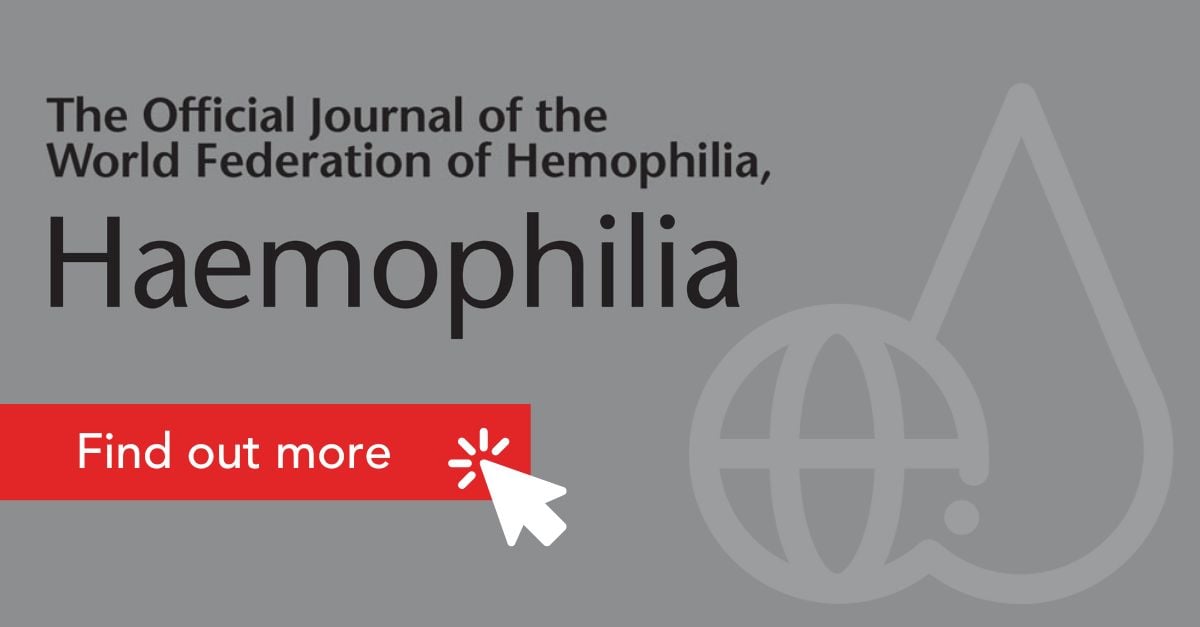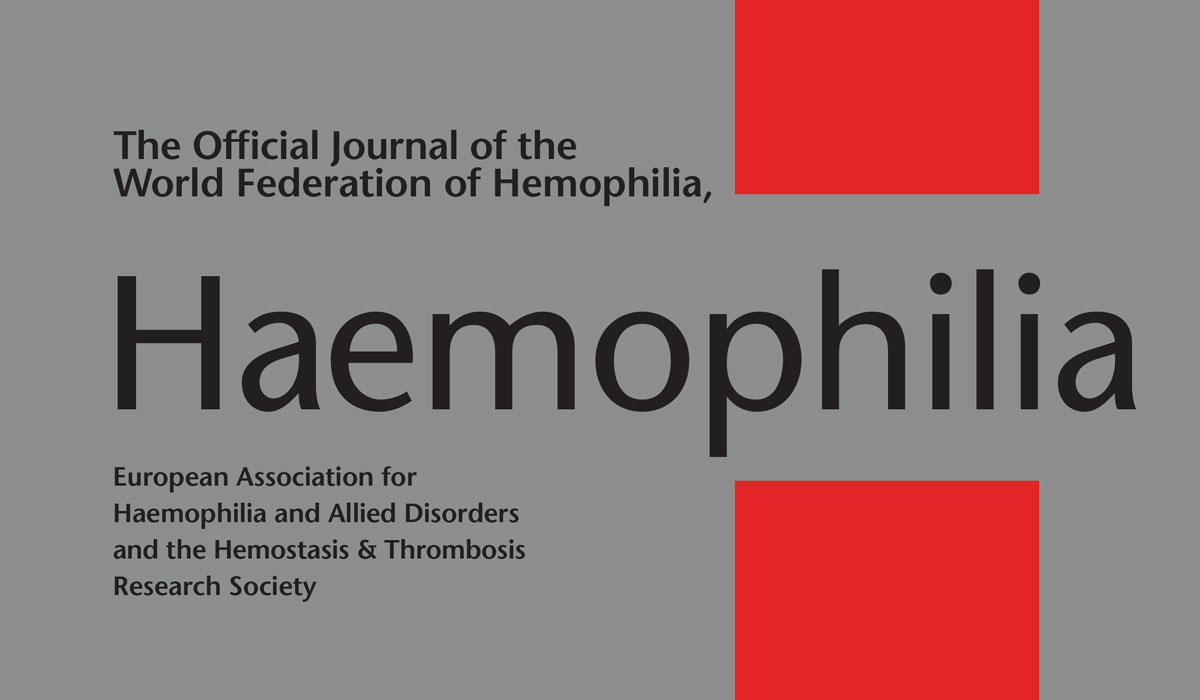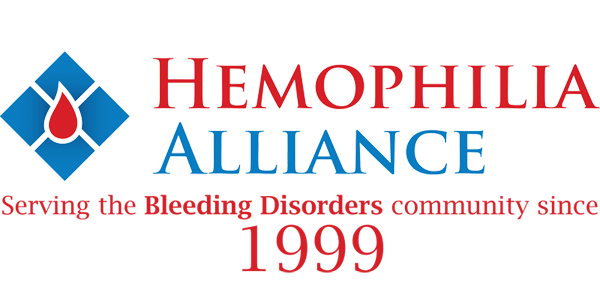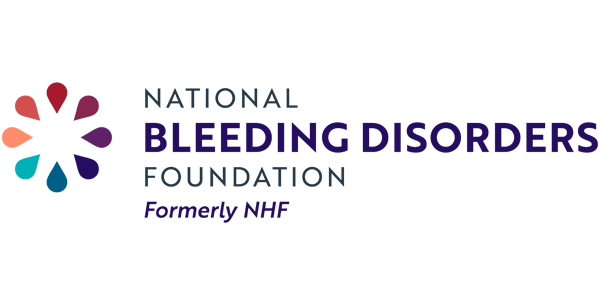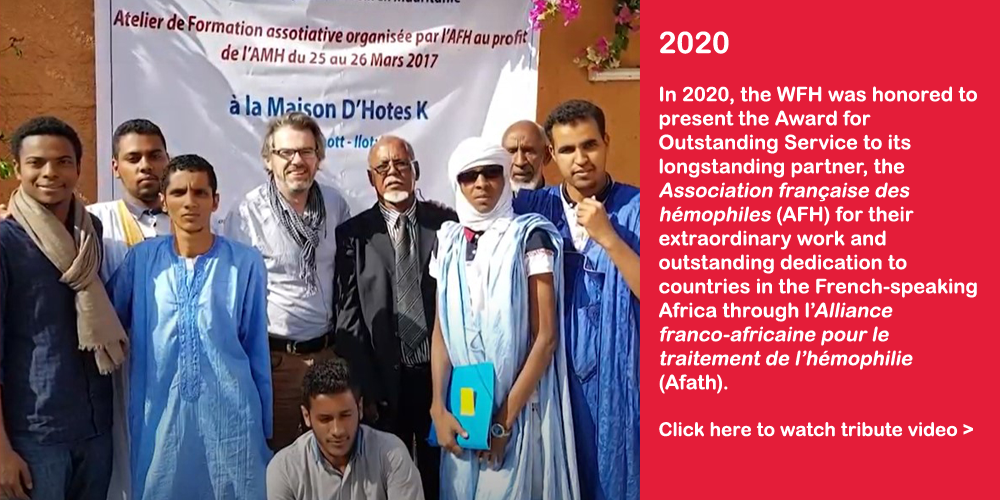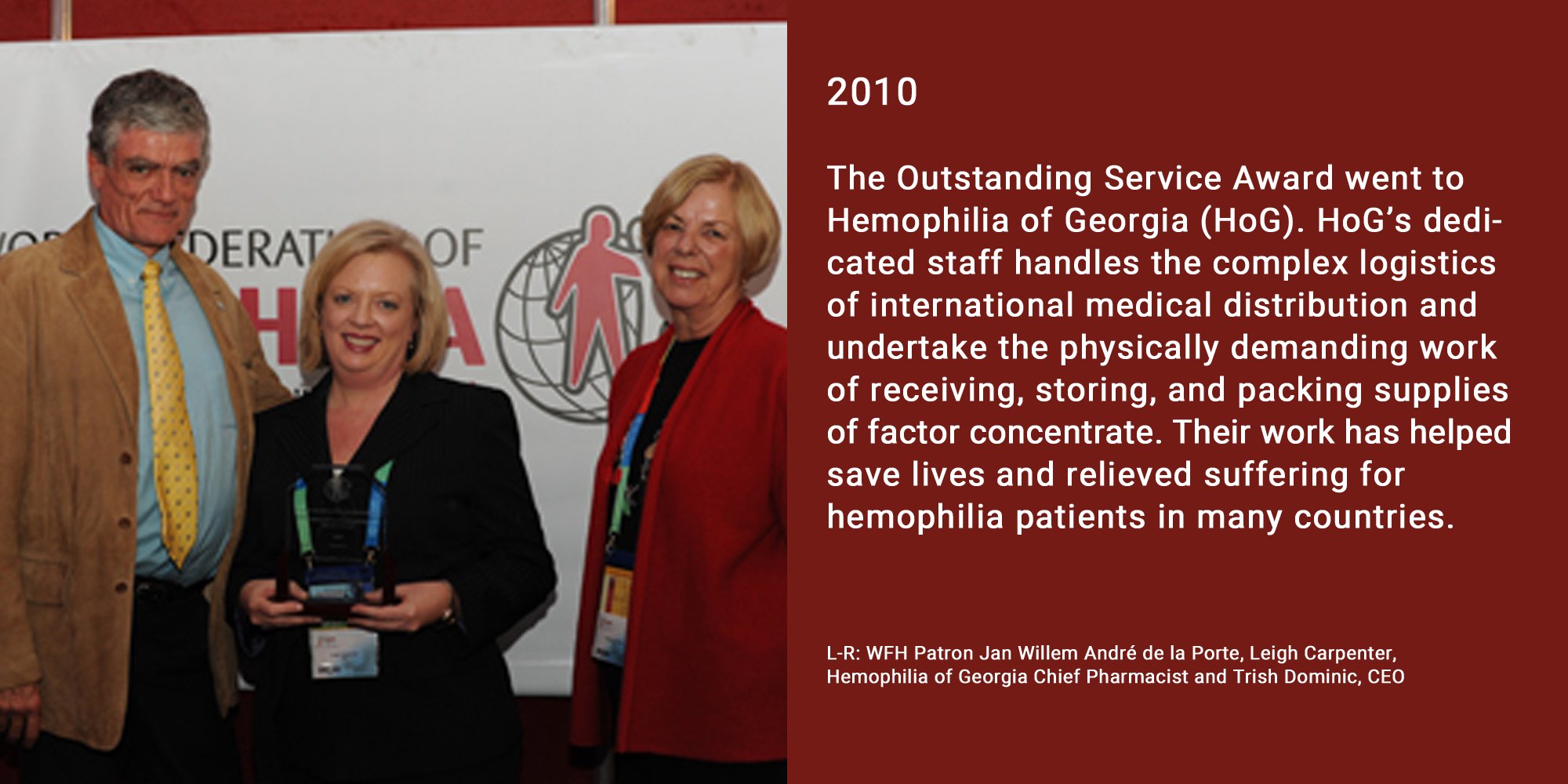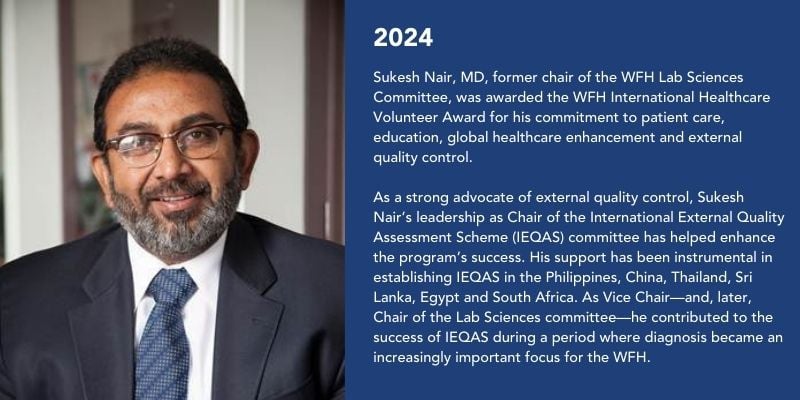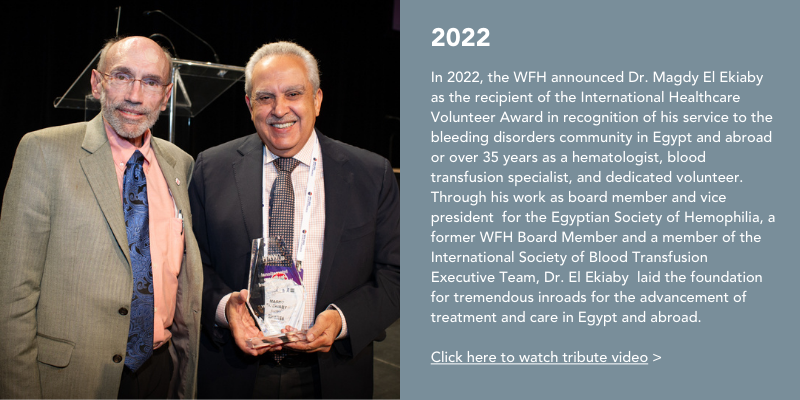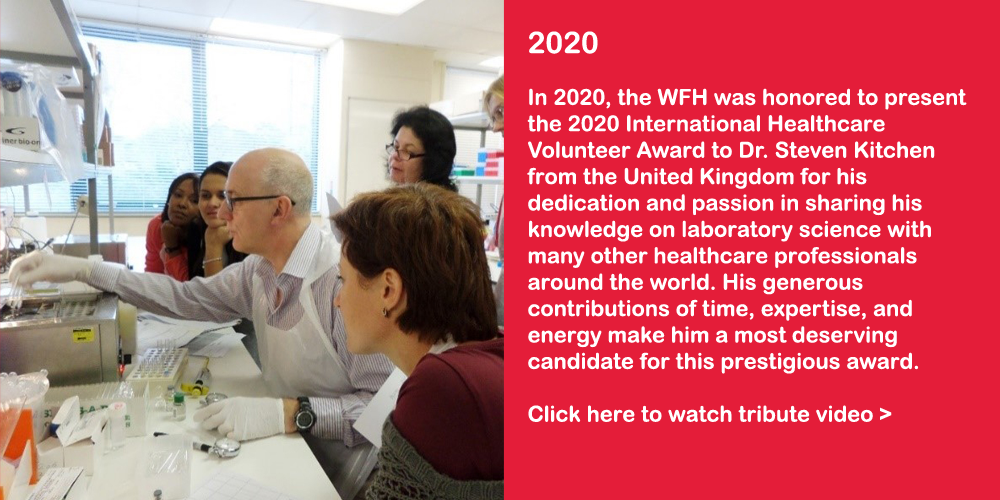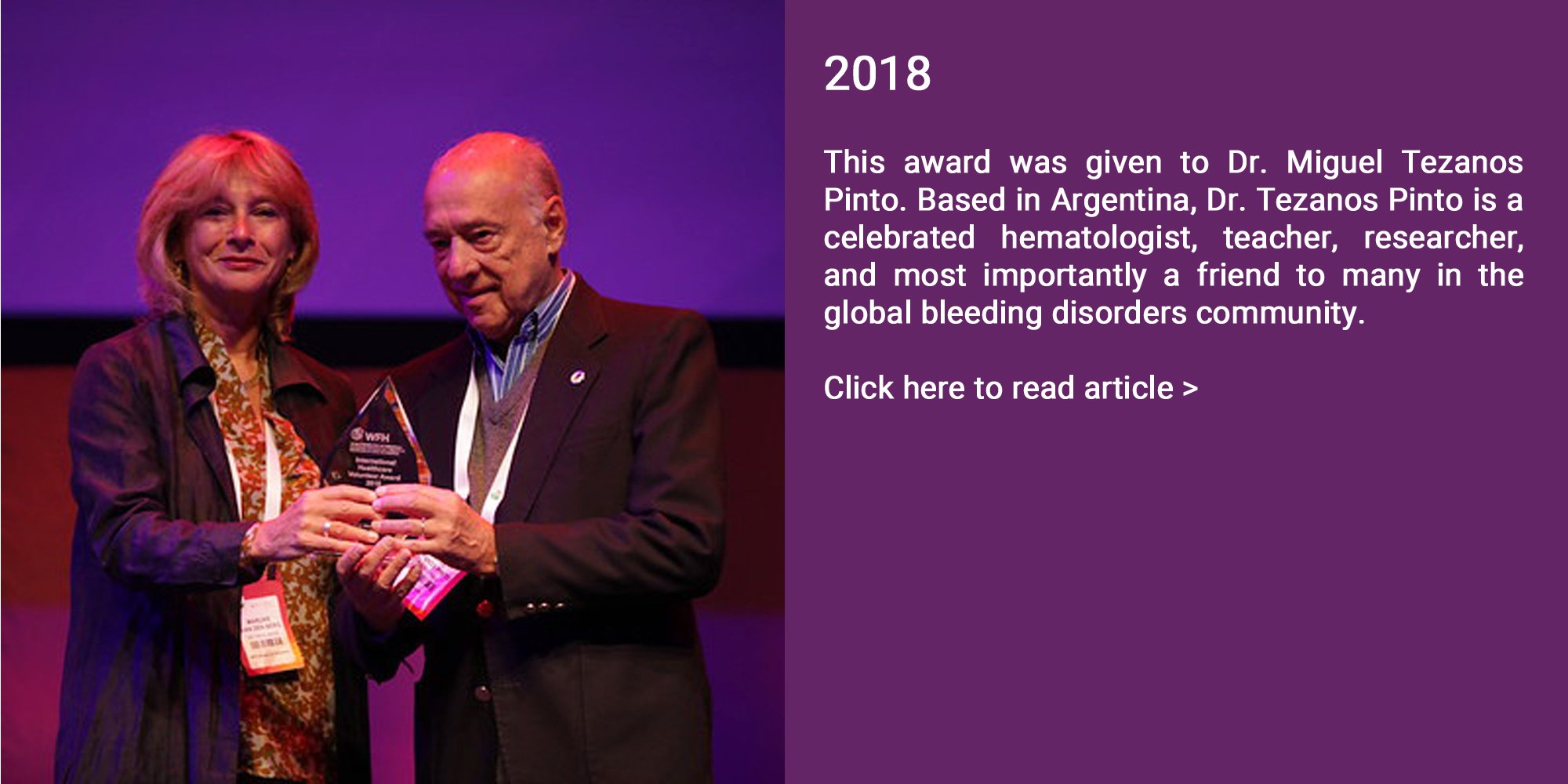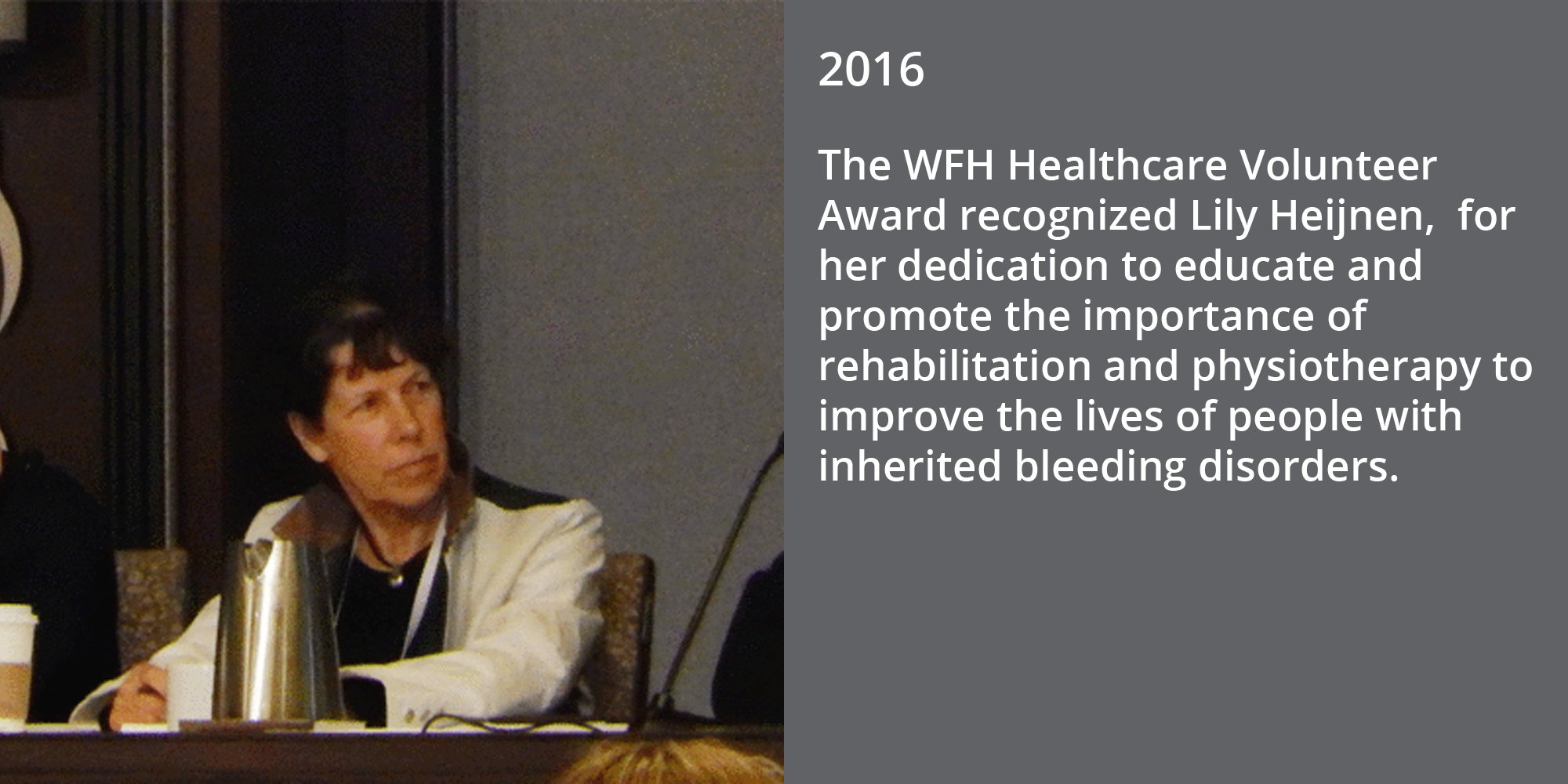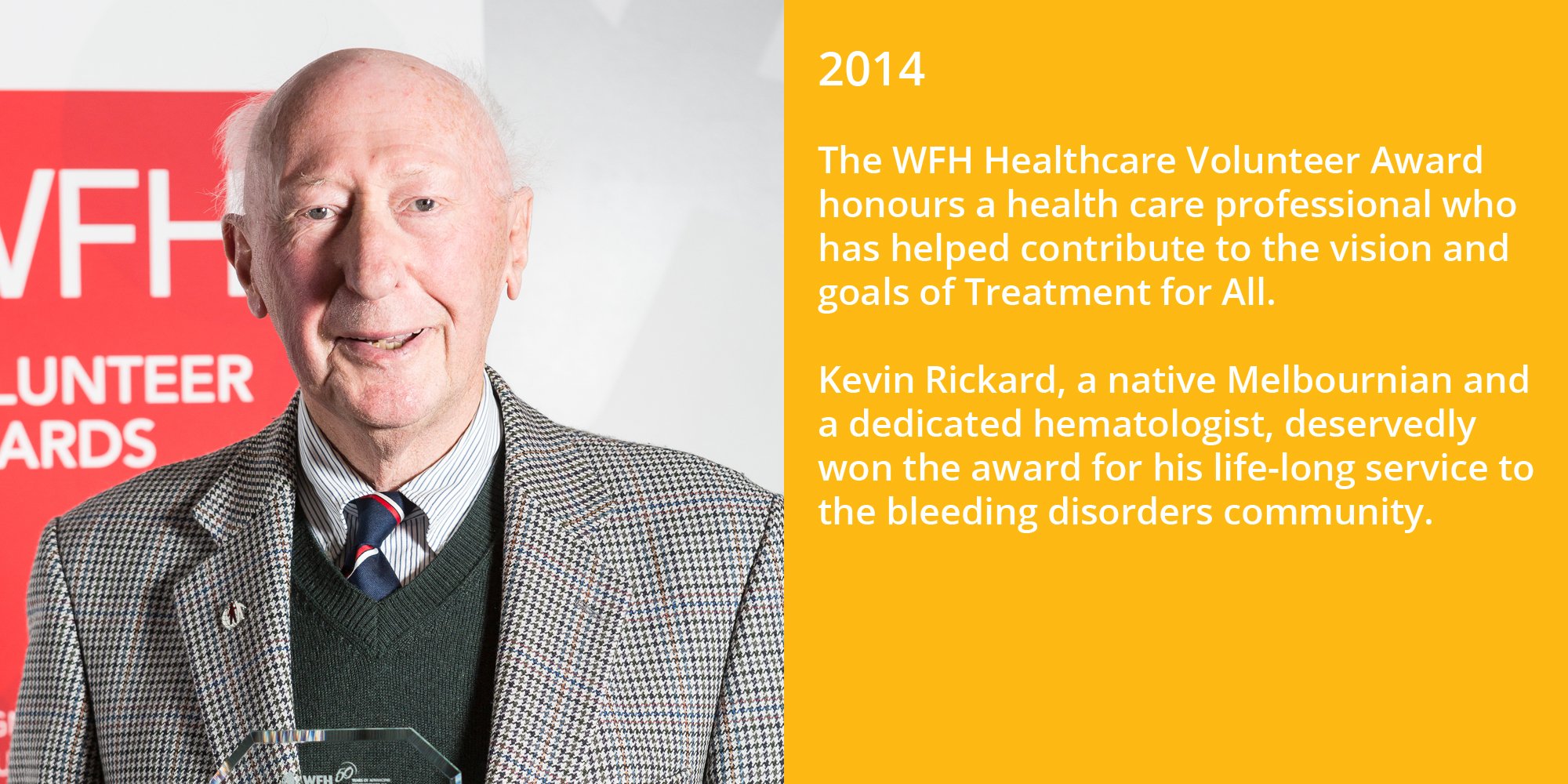Titled “Bridging the gap: Survey highlights challenges and solutions in outreach and identification of people with inherited bleeding disorders,” the article, published in September, focuses on patient outreach initiatives. Based on a comprehensive survey involving WFH NMOs and other patient associations from across the globe, the survey aimed to identify common strategies, determine barriers to their implementation, and find solutions to increase the outreach and the identification of PWBDs.
The survey determined that financial constraints, limited lab equipment for diagnosis, and inadequate government commitment were all challenges for identification and diagnosis. Additionally, issues like inadequate logistical support and transportation, as well as the remote geographical location of many PWBDs were highlighted as significant challenges.
The article suggests seven solutions to overcome outreach barriers:
- Resource mobilization. Using financial and non-financial resources as effectively as possible.
- Awareness-raising and advocacy. Working with governments, donors and other stakeholders to cover as many fronts as possible.
- Knowledge and capacity building. Training stakeholders in the management of bleeding disorders.
- Collaboration and partnership. Strengthening partnerships with governments, non-governmental organizations, and industry.
- Decentralization of services and improved logistical support and infrastructure. Bringing care closer to local populations by creating satellite or remote clinics.
- Technology and innovation. Using technology to improve the diagnosis of PWBDs.
- Financial aid and incentives. Providing financial support and other incentives to PWBDs to help them better access care.
The authors also outline 12 practical and actionable recommendations that organizations can implement to enhance their outreach and identification efforts.
To read “Bridging the gap: Survey highlights challenges and solutions in outreach and identification of people with inherited bleeding disorders”, please click here. To learn more about WFH outreach and identification efforts, please click here.
